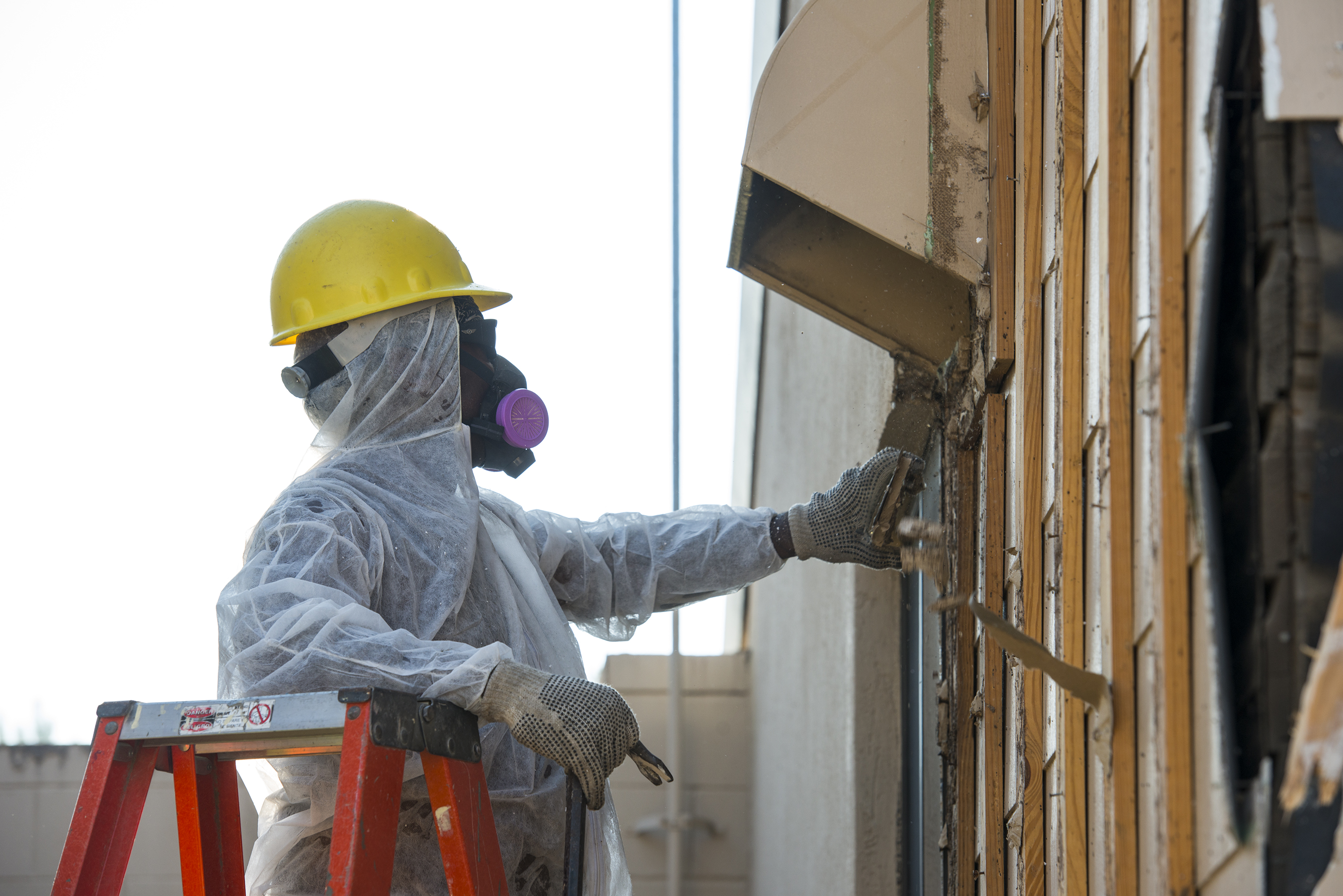
As part of the research on the role and requirements of material documentation for the operation phase at the Technical University Vienna and the RWTH Aachen University, long-term studies with building designers, planners, operators, material testing laboratories and disposal and recycling companies were conducted with focus on asbestos detection and removal.
The analysis of more than 40 buildings, in which extensive asbestos contamination was detected and a thorough removal was necessary, showed following tendencies, applying to all analyzed cases: - The total cost for the analysis, planning and performance of the asbestos rehabilitation for each of the examined building exceeded in all cases the cost for the completely new design and construction of the same building at state of art technology and standards
- A significant part of the costs resulted directly from the insufficient material documentation, so that an instant check to confirm or disprove if asbestos was used in the design and construction phase, was impossible the instant check for the existence of utilized asbestos in the buildings. Hence, additional, extremely cost intensive works had to be commissioned such as:
- Commissioning and perfuming of a preliminary investigation with selective sampling and laboratory evaluation to confirm or disprove the initial suspicion of asbestos
- Upon first confirmation, commissioning of the subsequent project for the detailed detection, sanitation, removal and disposal of all asbestos amounts, consisting of the collection, analysis and evaluation of multiple extensive sampling in each room and each building component in order to precisely locate the asbestos qualitatively and quantitatively and estimate the quantities to be rehabilitated and disposed as well as the exact cost for the sanitation and disposal
- Integrations, compound structures and products, inseparable connections and non-circulating solutions caused an immense scaling of the problem due to the large volumes of additional, otherwise healthy materials which were to be removed together with the contaminated ones, thus scaling up the volumes and therefore the disposal costs for highly dangerous materials several times over
- Incorporate circularity as a metric alongside conventional sustainability evaluations
- Improve long term economic and resale value of building assets
There are thousands of new, innovative, high-performance materials which are used in buildings every year, which long-term effect on environment and health are not sufficiently researched or adequately documented. With the steep increase of the number of these materials every year, the risk of a next “asbestos disaster” in buildings with insufficient in its depth and detail material documentation is immensely increasing.
By the use of Aikana, a detailed material documentation is instantly created, so that every material and its specific properties can be instantly identified, located and quantified in every step of the building operation, instantly removing the ground for doubts, but also eliminating the need, the performance and the cost activation for analysis, testing and planning of the rehabilitation
If a circularity optimization with Aikana has been performed on the building during its design, scenarios for the extraction and separation of materials have been calculated and integrated in the design, which means that contaminated materials can be removed in the most precise, fast and efficient way possible.